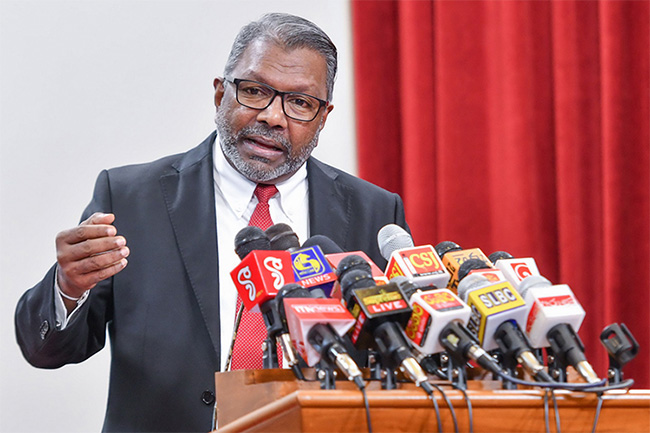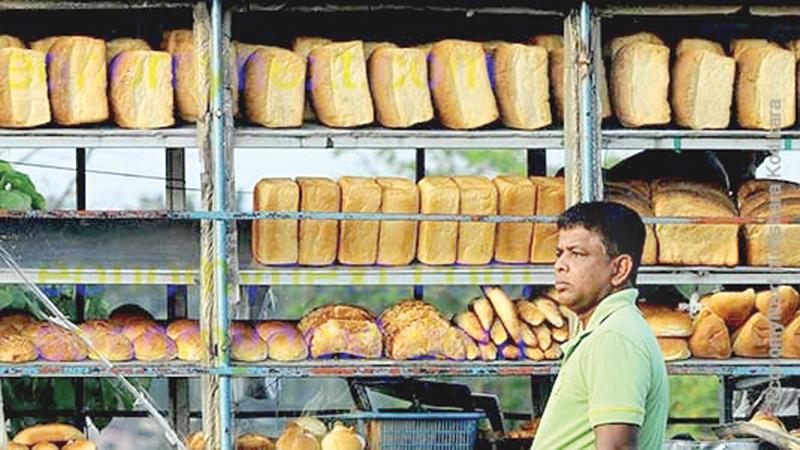State Minister for Higher Education Dr. Suren Raghavan has affirmed that the initiatives to establish Sri Lanka as the hub of education in South Asia have been executed under the leadership of President Ranil Wickremesinghe.
He conveyed this message during a press briefing at the Presidential Media Center today (Sept. 08), held on the theme ‘Collective Path to a Stable Country’.
Expressing his views further Dr. Raghavan said;
President Ranil Wickremesinghe addressed two key topics in the recent period. One of them is economic reforms, while the other pertains to educational reform. He recognizes that economic development is unattainable without a strong educational foundation. Given the competitiveness of the global economy, progress hinges on an intelligent and well-prepared workforce.
Over the past four years, the number of students who have successfully passed the Advanced Level exams in Sri Lanka has increased by 63%. Despite setbacks resulting from events such as the Easter bomb attack, the COVID epidemic and various challenges, higher education has made significant strides this year.
However, we are currently facing a shortage of physical resources to accommodate this influx of students. According to global standards, a college should have one teacher for every fifteen students.
Unfortunately, in our state universities, there is only one teacher for every thirty students. It’s crucial to emphasize that the development of human resources is as essential as bolstering physical resources to ensure the quality of higher education and we are actively working towards achieving this balance.
Another significant concern is that the majority of students who sit for the advanced level examination opt for the arts stream. This trend is largely due to the fact that out of the 3,000 schools offering education up to the advanced level in the country, only 2,100 provide the arts stream. Consequently, the focus of the new education reforms is on creating a system that enables students studying the arts stream to attain a bachelor’s degree in science.
When free education was introduced in Sri Lanka, the country had a limited population, with only four hundred thousand children. However, the population of Sri Lanka has now grown to 22 million and the number of children has increased to 4.3 million.
Given this development, it is imperative to focus on enhancing both physical and human resources in the new education reforms. It is estimated that Rs. 2 trillion will be required to provide the necessary laboratories, hostels, physical infrastructure and human resources for university students.
The largest fund in Sri Lanka, the Provident Fund, currently stands at Rs.4 trillion, with approximately 50% earmarked for education. Consequently, the proposal includes adding campuses to existing universities as part of higher education sector reforms.
Establishing two campuses in each of the 17 state universities is expected to alleviate congestion in student enrollment.
Additionally, private universities should be encouraged to thrive. Currently, there are 24 private universities operating in Sri Lanka, with applications received for 20 more. To create global citizens through the university system, scholarships should be made available for students seeking admission to both private and public universities.
Alternatively, a loan system can be implemented, allowing for the recovery of payments based on the chosen subject streams upon leaving the university. This approach fosters student interest in pursuing job-oriented courses.
Research within the university sector has been instrumental in the development of many developed countries worldwide. However, due to the geographical distance between public universities in Sri Lanka, societal issues have not been adequately addressed through research.
Hence, there is a need for greater integration between universities and society. Intellectual freedom should be promoted within agricultural colleges and internationalization should be embraced by public universities.
-adaderana





